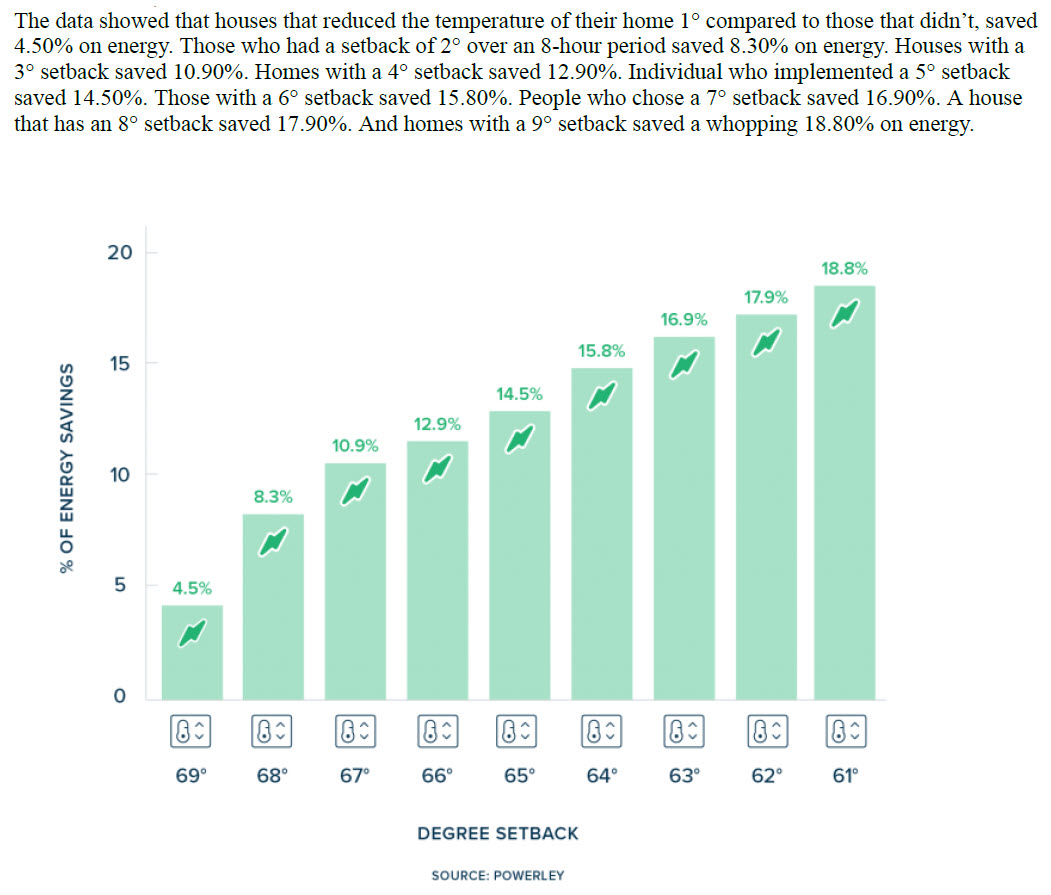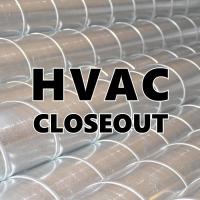WiFi CAN HELP TAKE THE GUESSWORK OUT OF SET BACK
One question we are often asked is how many degrees should my customer set their thermostat back? The only way this can be answered correctly is with another question. How long is your customer going to be gone? Let us explain the answer with a little of the science behind the trade.
The formula to best answer this question is BTU's/hour = U A delta T Btu's per hour being the heat loss of the structure, U being the U value, A being the area and delta T being the temperature difference between indoor and outdoor temperature. We are not going to go thru detail to explain the U and the A of this formula and how it's applied. To answer our question, we only need to focus on a part of the formula. That being the delta T or temperature difference.
In many areas of upstate New York, winter design delta T is 70 degrees. This represents the temperature difference between indoor and outdoor temperature. What this means is that when it's zero degrees outdoor temperature our heating system will maintain a minimum indoor temperature of 70 degrees.
Here is an example and how it's applied to our set back thermostat question. First, we have a couple of assumptions to make, that being that it is currently zero degrees outside. At 0 degrees our structure has a heat loss of 57,400 Btu's/hour and we currently have our thermostat set at 72 degrees The heat loss per degree is 820 Btu's (57,400 Btu's per hour divided by 70-degree delta T). If we are to set our thermostat back 8 degrees to 64 we have effectively lowered the heat loss of the structure 6,560 Btu's per hour (820 Btu's/degree x 8 degrees) to 52,480 Btu's per hour. As we decrease our indoor temperature the heat loss of the structure is also decreases. Because we were maintaining 72 degrees and not 70 at the time of set back our actual heat loss of the structure at setback is 59,040 Btu's/hour (57,400 Btu's/hour plus 820 and another 820 Btu's/degree). Has our indoor temperature increases the heat loss of the structure also increases.
The secret to a successful setback is that the heating appliance must cycle at the setback temperature. Contrary to popular belief, setback energy savings happens when the appliance runs not when it's off. It runs for a shorter length of time at setback temperature than it would have at the current temperature of 72 degrees. This difference is the energy savings. If the appliance does not cycle at the setback temperature possibly due to thermostat programming or returning home too early there are no energy savings. The system will use the same amount of energy returning to the occupied temperature has it saved on the way down to the setback temperature. The system must cycle at least once at the setback temperature for there to be any type of energy savings. The more it cycles, the more savings!
With today's WiFi technology we can take some of the guesswork out of the equation. While we are away from our homes and businesses, we can check our app, see what the space temperature is, what our thermostat is set at, and if our system is running. By having a better understanding of setback and how it works we can modify our settings to save us more energy while we are away.
A couple of final notes:
My own personal rule of thumb for setback is: For every hour away set it back 1 degree, my cap off is 8 degrees, even if I am gone for more than 8 hours.
HVAC equipment is sized much more accurately today than it was years ago. If your equipment is accurately sized it will take a bit longer to reach occupied temperature when coming out of setback. Most thermostats now have "Intelligent or Adaptive Recovery." This feature allows your heating system to anticipate your arrival so you are always walking into a cozy home
The following page is a study published by Powerley that shows the percentage of energy savings per degree of setback.

























